Unforgotten Brands: Lux

Lux transcended being “just soap.” It became a cultural icon — a shimmering symbol of aspiration, confidence, and beauty for generations
Behind the luxurious sheen of one of the world’s most recognisable beauty brands lies a rich history of innovation, marketing genius, and a commitment to making glamour accessible. Lux, born at the cusp of the 20th century, has grown from simple soap flakes to a billion-dollar brand associated with the glow of Hollywood stars and real women alike.
Origins: A Bright Idea in the World of Soap
Lux’s journey began in 1899 in the United Kingdom, where it was produced by the British firm Lever Brothers (today known as Unilever). The company, founded in 1885 by brothers William Hesketh Lever and James Lever, made its mark by creating “Sunlight Flakes,” an early example of mass-market soap using vegetable oils like palm oil instead of animal fats.
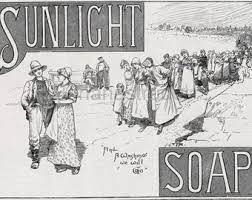
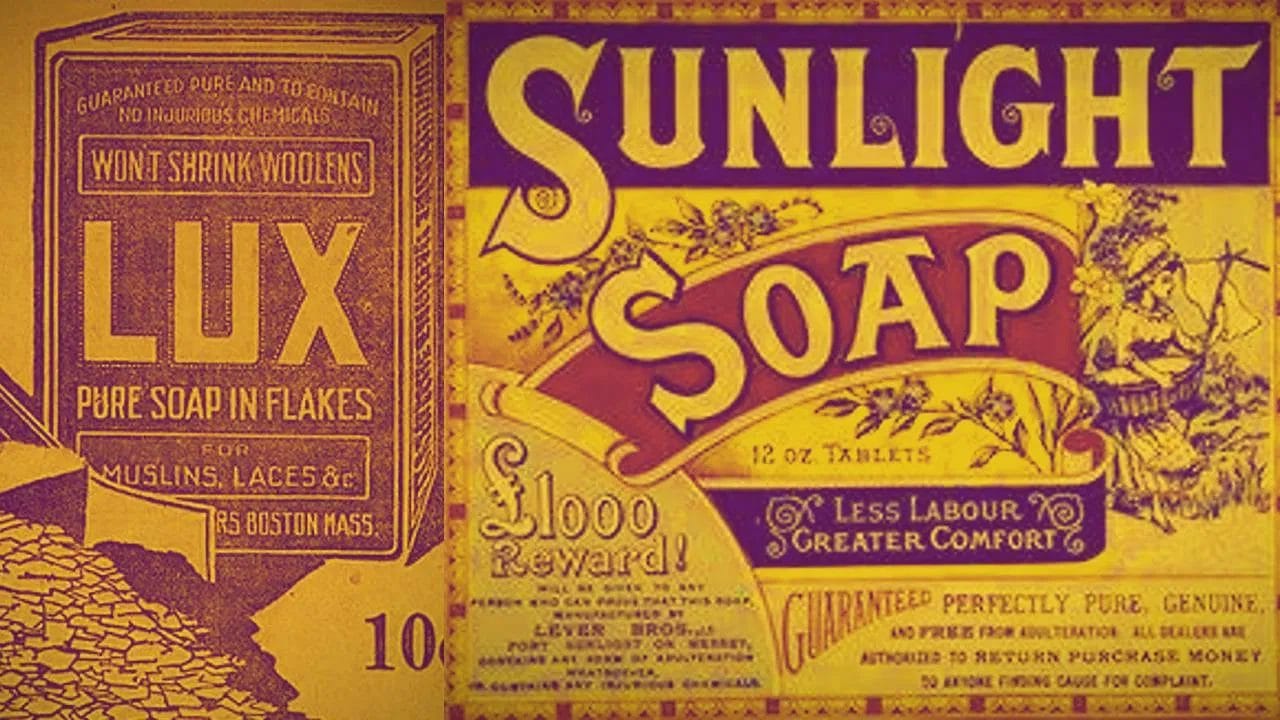
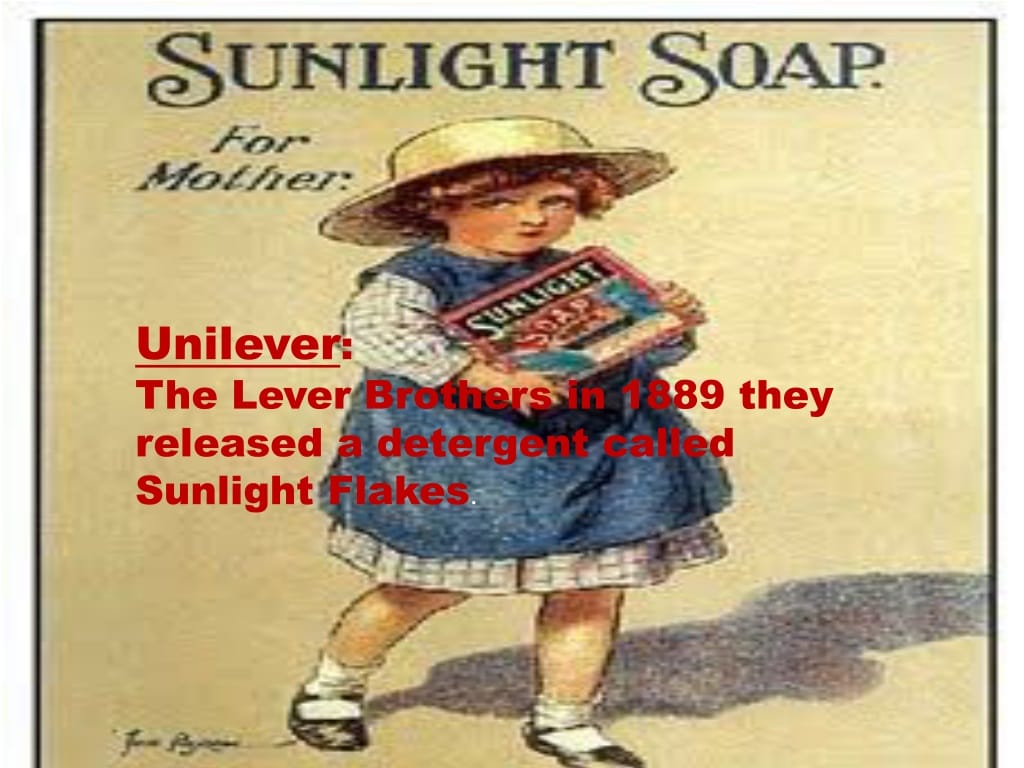
Building on their success, the Lever Brothers launched Lux as a flaked laundry soap. The name “Lux” means “light” in Latin, subtly hinting at “luxury”. By 1916, Lux soap had been introduced in the United States as a beauty bar, and the Lux trademark had been registered in 1900.
The brand initially positioned itself as an affordable luxury—a soap “made like the costliest French soaps” but accessible to the average consumer.
Lux’s Glamorous Foray into Beauty
The First Mass-Market Beauty Soap
Lux transitioned from laundry flakes to beauty bars in 1925, entering the American market as the first mass-market toilet soap. It was sold at an affordable 10 cents, promoting itself as suitable for the face, hands, and bath — a complete beauty solution.
With pastel packaging and rich fragrances, Lux quickly captured attention, combining indulgence with affordability.
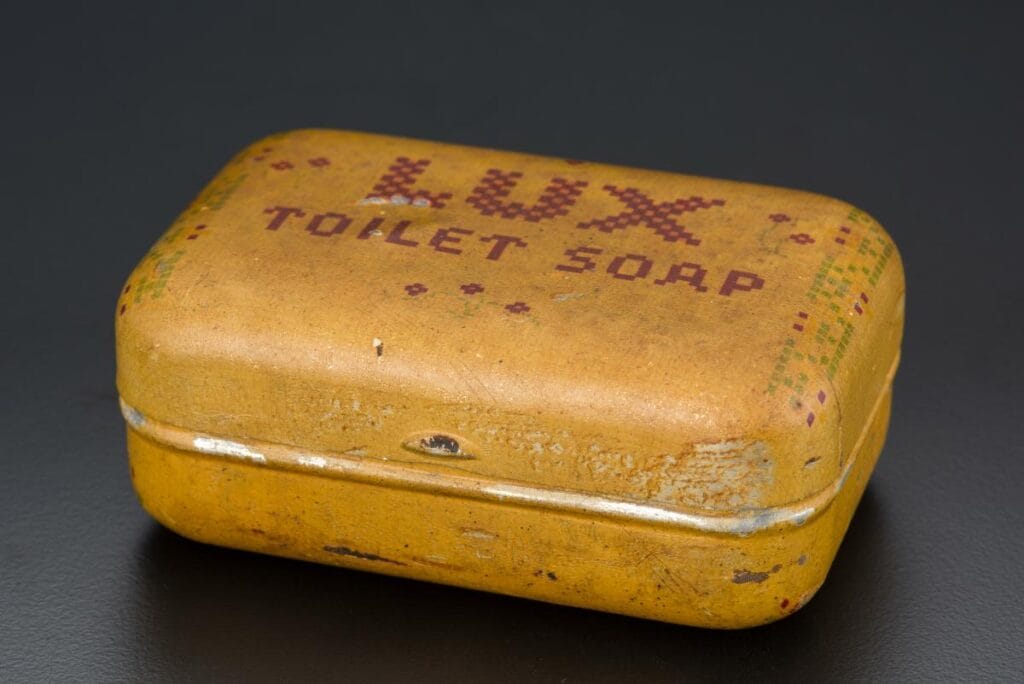
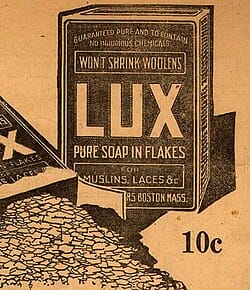
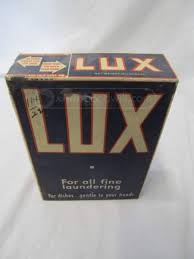
Hollywood and the Power of Celebrity Endorsements
In 1928, the Lux brand’s marketing agency, Thompson, initiated a revolutionary campaign: they sent Lux soap to 425 Hollywood actresses. An astounding 414 actresses responded positively, enabling Lux to boldly claim that “9 out of 10 stars in Hollywood use Lux Soap.”
From then on, Lux wasn’t just a soap — it was the secret behind the radiance of screen goddesses. From the 1930s through the 1950s, legends like Marilyn Monroe, Audrey Hepburn, Elizabeth Taylor, Sophia Loren, and Brigitte Bardot endorsed Lux. These campaigns pioneered the now-ubiquitous practice of celebrity product endorsements, creating an emotional connection between glamour, fame, and everyday bathing rituals.
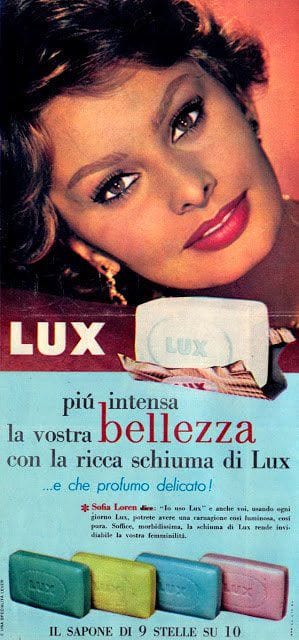

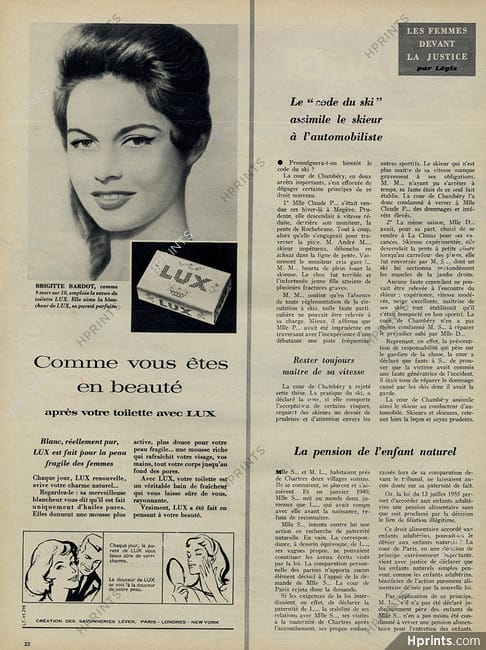
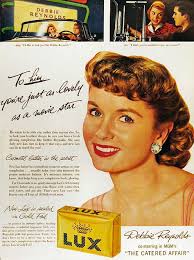
Among the actresses who participated in the campaign was Louise Brooks, whose ads ran between 1928 and 1931.
Global Expansion: Lux Goes Worldwide
Between 1928 and 1940, Lux expanded rapidly, entering markets like the United Kingdom, India, Argentina, and Thailand. In 1932, Lux debuted in India, a country where the love for cinema was deeply rooted. It wasn’t long before Lux recognised Bollywood’s power.
Lux expanded its presence into Africa by following colonial trade routes, notably entering markets like Zimbabwe, where it introduced toilet soap to new consumer groups. At first, the brand relied on international celebrities for promotion, but gradually shifted strategies, featuring local models and artists to better connect with regional cultures. To appeal further, Lever Brothers introduced coloured soap bars beyond traditional whites and crafted advertising that subtly suggested that using Lux was a mark of intelligence and sophistication among African consumers.
Lux in India: A Starry Love Affair
Bollywood’s Favourite Beauty Secret
Lux’s arrival in India coincided with the golden age of Indian cinema. From the outset, Lux cleverly linked itself to the world of Bollywood, turning its soap bars into a symbol of stardom and aspiration.
Starting with actress Leela Chitnis in the 1940s, nearly every major Bollywood diva—from Madhubala, Hema Malini, Zeenat Aman, Madhuri Dixit, Sridevi, and Rani Mukerji to modern queens like Aishwarya Rai Bachchan, Katrina Kaif, and Kareena Kapoor Khan—has endorsed Lux. Even Shah Rukh Khan, breaking gender norms, appeared in a famous Lux advertisement submerged in a bathtub with actresses, delighting fans nationwide.
Lux’s strategy was simple yet powerful: associate bathing with beauty, glamour, and dreams. In a country where movies hold almost sacred status, being the “beauty soap of film stars” was a masterstroke that embedded Lux deep into Indian popular culture.
Lux and the Common Indian Woman
Beyond Bollywood, Lux’s success in India also showed how it subtly encouraged ordinary women to see themselves as stars. Advertisements promised clean skin and the feeling of glamour, confidence, and celebration of femininity, resonating deeply with middle-class Indian households.
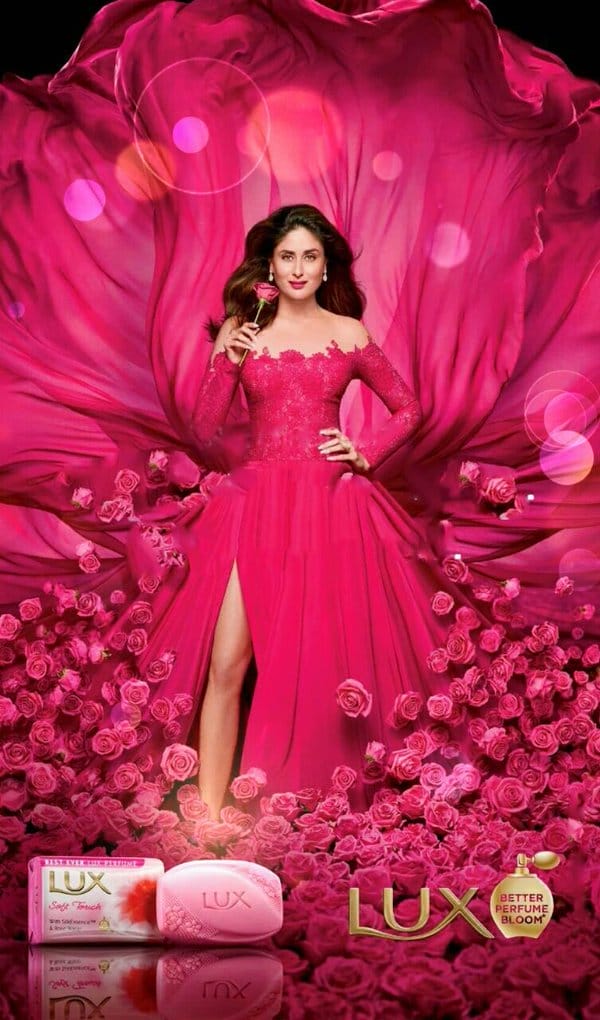

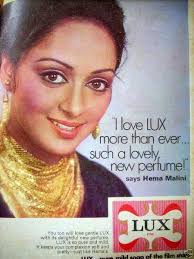
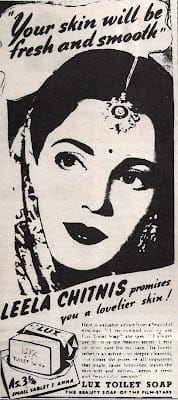
Lux ads increasingly reflected evolving societal values — from focusing purely on beauty to portraying women as achievers, professionals, and individuals of substance.
Today, Lux is one of Hindustan Unilever Limited’s (HUL) flagship brands in India. Lux enjoys a dominant position in India’s highly competitive soap market and is regularly ranked as one of the country’s most purchased and trusted beauty soap brands.
Evolution of Advertising: From Stars to Real Women
In its early decades, Lux’s advertising celebrated movie stars as paragons of unattainable beauty. However, as society evolved, so did Lux’s messaging.
In the more enlightened 2000s, Lux repositioned itself to embrace real beauty, celebrating real women and their many roles while retaining the aura of indulgence and self-care. The customer became the hero: a star in her life story.
Lux in the Modern World: A Billion-Euro Beauty Titan
Today, Lux is a €1.2 billion brand, sold in over 100 countries and a leader in fragrance, skincare, and cleansing. According to Kantar’s 2022 Brand Footprint report, it is the No. 1 fragrance skincare brand and the No. 2 most-chosen beauty brand globally.
Manufactured at 71 locations worldwide and supported by over 2,000 suppliers, Lux maintains a strong presence in key markets like India, Pakistan, Brazil, Saudi Arabia, Bangladesh, Thailand, Vietnam, South Africa, and China.
Conclusion: A Legacy of Light and Luxury
From modest beginnings as Sunlight Flakes to its status today as a global beauty powerhouse, Lux’s journey is a testament to the power of innovation, innovative marketing, and cultural sensitivity.
In India, in particular, Lux transcended being “just soap.” It became a cultural icon — a shimmering symbol of aspiration, confidence, and beauty for generations of Indians.
It’s not just a soap; it’s a part of life’s grander dream — proof that indulgence can make every woman, everywhere, feel like a star.
Reference
https://corporatecitizen.in/issue7/corporate-history-forever-lux.html
https://en.wikipedia.org/wiki/Lux_(soap)



